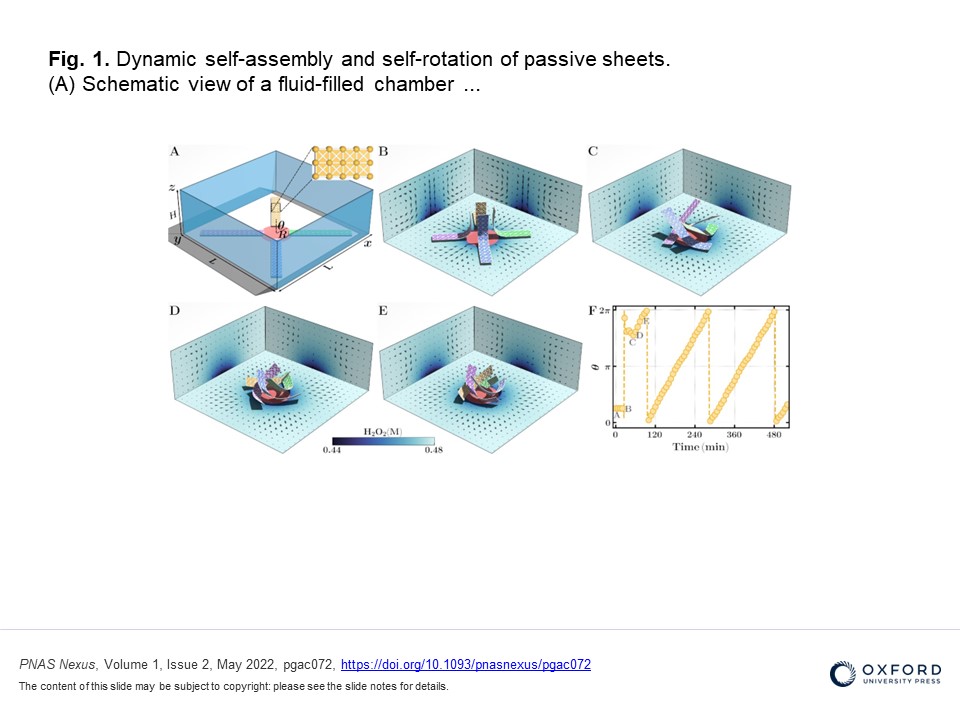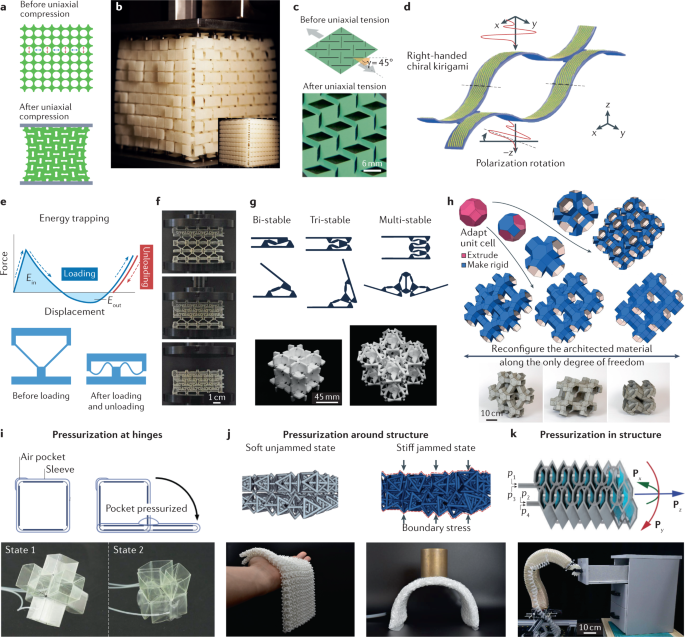ピット大学とプリンストン大学の技術者が、2次元ポリマーシートが自発的に絡み合い、自己回転する3次元「ダンス」スパイラルになることを発見 Pitt and Princeton engineers discover spontaneous intertwining of 2D polymer sheets into self-rotating 3D “dancing” spirals
2022-06-23 ジョージア工科大学
ピッツバーグ大学とプリンストン大学の研究者らは、この原理が、化学エネルギーを力学的作用に変換する非生物学的システムにも当てはまることを、思いがけず発見した。つまり、二次元ポリマーシートは、外部動力を加えることなく螺旋状に上昇し回転することができるのだ。
このような自己組織化による一貫した3次元構造は、ソフトロボティクスや化学機械システムの分野において、当グループの最新の貢献と言えます。
<関連情報>
- https://news.engineering.pitt.edu/self-assembled-interlocked-threads-spinning-yarn-with-no-machine-needed/
- https://academic.oup.com/pnasnexus/article/1/2/pgac072/6604387
パターン化された弾性シートの溶媒浮力駆動による絡み合いと回転現象 Solutal-buoyancy-driven intertwining and rotation of patterned elastic sheets
Raj Kumar Manna, Oleg E Shklyaev, Howard A Stone, Anna C Balazs
PNAS Nexus Published:08 June 2022
DOI:https://doi.org/10.1093/pnasnexus/pgac072

Abstract
The intertwining of strands into 3D spirals is ubiquitous in biology, enabling functions from information storage to maintenance of cell structure and directed locomotion. In synthetic systems, entwined fibers can provide superior mechanical properties and act as artificial muscle or structural reinforcements. Unlike structures in nature, the entwinement of synthetic materials typically requires application of an external stimulus, such as mechanical actuation, light, or a magnetic field. Herein, we use computational modeling to design microscale sheets that mimic biology by transducing chemical energy into mechanical action, and thereby self-organize and interlink into 3D spirals, which spontaneously rotate. These flexible sheets are immersed in a fluid-filled microchamber that encompasses an immobilized patch of catalysts on the bottom wall. The sheets themselves can be passive or active (coated with catalyst). Catalytic reactions in the solution generate products that occupy different volumes than the reactants. The resulting density variations exert a force on the fluid (solutal buoyancy force) that causes motion, which in turn drives the interlinking and collective swirling of the sheets. The individual sheets do not rotate; rotation only occurs when the sheets are interlinked. This level of autonomous, coordinated 3D structural organization, intertwining, and rotation is unexpected in synthetic materials systems operating without external controls. Using physical arguments, we identify dimensionless ratios that are useful in scaling these ideas to other systems. These findings are valuable for creating materials that act as “machines”, and directing soft matter to undergo self-sustained, multistep assembly that is governed by intrinsic chemical reactions.




